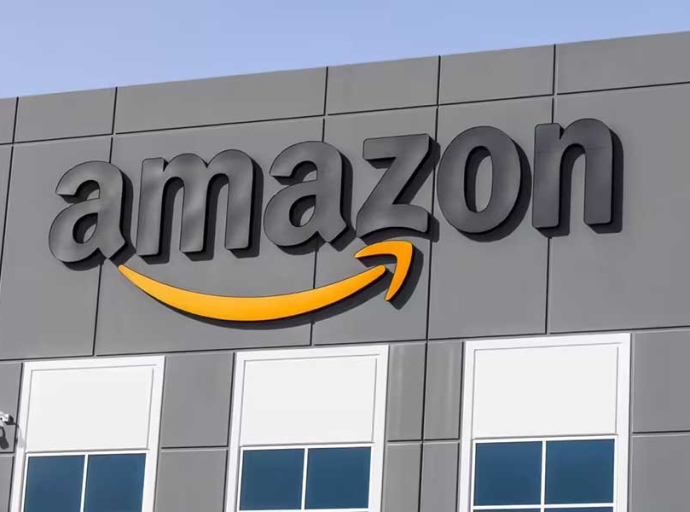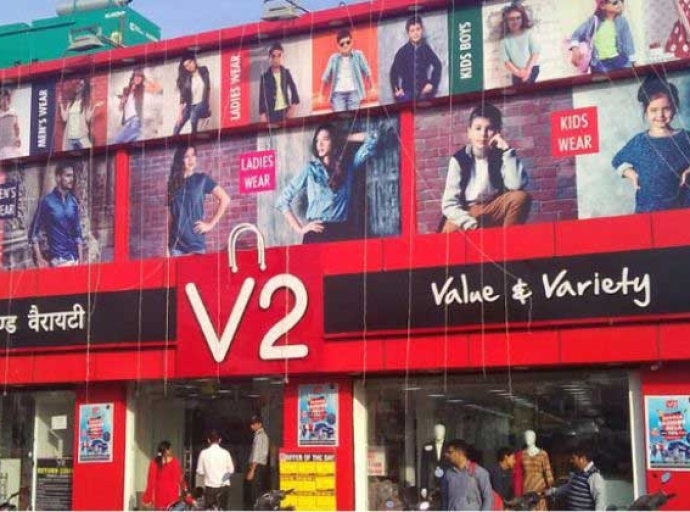21 June 2023, Mumbai
Cautious Consumer Behavior; Consumers are exercising caution when purchasing clothing and accessories due to the higher prices of daily goods, leading to a constraint on their discretionary spending. This cautious approach is affecting the demand for fashion products.
Lackluster Retail Sales and Early End-of-Season Sales
Retail sales have been lackluster in April and May, prompting companies to initiate early end-of-season sales to manage their inventory. The subdued sales performance is attributed to cautious consumer behavior and higher prices of goods.
Slower Growth Rate for Fashion Retailers
Industry analysts anticipate a slower growth rate of 10% in revenues for fashion retailers in the current financial year. This growth rate is a significant decrease from the 51% increase reported in the previous year.
Soft Demand Scenario and Weak Footfall
The demand for lifestyle products remains soft across various categories, price ranges, and geographical regions. Footfall in stores has been weak, although there has been a modest improvement in revenue trends in June.
Anchored Inflationary Expectations for FY24
Headwinds; Dampener Discretionary spending cut hurts Apparel Industry.
ICRA expects demand pressures on fashion retailers to persist in the first half of the fiscal year, with the hope of improvement during the festive season. However, revenue growth is expected to moderate in FY24 due to inflationary headwinds.
ICRA's analysis suggests a decline in revenue growth for listed retail entities and a decrease in operating profit margins.
Impact of Higher Raw Material Costs and Discount Sales
Retailers have had to pass on high raw material costs to consumers, contributing to higher prices for the Spring-Summer 2023 collection. To stimulate demand and clear inventory, retailers have advanced discount sales by a week. Shifting Consumer Spending and Overall Footfall
Consumers may be shifting their spending from apparel to experience-led expenses like food and beverages, resulting in a decline of 7-8% in overall footfall across the country.
Cautionary Consumer Behavior Impacts Fashion Retailers as Prices Rise
Weak retail sales have led to lackluster performance for fashion retailers, resulting in the early initiation of end-of-season sales. Analysts expect a slower revenue growth rate of 10% this year, down from the previous year's 51%.
RAI prognosis
Demand for lifestyle products remains soft across various categories and regions, although there has been a modest improvement in June. In May, the Retailers Association of India reported a 7% sales growth, with moderate progress in jewelry and apparel, but the lowest growth in sportswear since the pandemic.
Festive season to perk up
ICRA predicts ongoing demand pressure in the first half of the year, which is expected to improve during the festive season. However, inflationary challenges will limit revenue growth in FY24, with listed retail entities projected to experience a 10% decline in revenue and a 5.7% drop in profit margins.
Inflationary pressures
Since 2022, tepid demand has persisted due to high raw material costs being passed on to consumers. Prices for the Spring-Summer 2023 collection remain high due to previous increases in cotton prices, although cotton yarn prices are starting to soften.
To stimulate demand and clear inventory, retailers are offering advanced discount sales. Footfall has decreased by 7-8%, potentially due to consumers prioritizing experiential expenses over apparel purchases.
Global view
The global apparel industry is bracing for a slowdown this year as macroeconomic tensions and dwindling consumer confidence eat into the profits of retailers, following a post-Covid surge in 2022. Key sectors like electronics, garments, furnishings, and automobiles are now scrutinizing the distinction between essential and non-essential products for daily living.
Apparel Industry Faces Slowdown as Consumer Confidence Wanes and Economic Tensions Rise
Consumers are less inclined to replace high-priced, long-lasting items such as electronics, luxury fashion apparel, and cars with newer versions in 2023.
The apparel industry has also been impacted by rising cotton prices, leading to a decline in sales. While there was a strong sales performance in the second half of last year, the trend has become increasingly volatile in subsequent quarters.
US retail spending takes a hit
US consumers have significantly reduced their impulsive shopping for apparel and accessories, delaying the replacement and upgrading of electronics. PYMNTS, a reputable global leader in data analysis, highlighted in a recent report that US retail spending has decreased by approximately $8 billion in recent months.
The research indicates that 67 percent of retail customers anticipate significant price increases next year, and the average global consumer does not expect inflation to normalize until the end of 2024. Data from the US Census Bureau also reveals a 1 percent decline in general spending on a seasonally adjusted basis, following a 0.2 percent decline from February to January 2023.
Prophecy
According to McKinsey's fashion forecast, fashion retailers are projected to experience slow sales growth of -2% to +3%, primarily due to a contraction in the European market (-1% to -4%).
However, China and the United States are expected to have better performance, with growth rates of 2% to 7% and 1% to 6% respectively. Initially, during the pandemic, fashion took a backseat as consumers focused on more essential needs such as food and health, leading to a shift in demand.
Quick Comparison
Not only did the electronics and appliances segment experience a month-on-month decrease of 2.1 percent and a year-on-year decline of approximately 10.3 percent, but the home furniture and home furnishings segment also saw a decline of 1.2 percent and 2.4 percent, respectively. Spending on branded clothing, shoes, bags, and accessories also slipped by 1.7 percent month on month and 1.8 percent compared to the previous year.
Questionable claims
In addition to the slowdown, the Federal Trade Commission (FTC) has been cautioning advertisers to substantiate claims about their products, issuing notices to over 670 companies warning them of potential civil penalties if their ads contain unsubstantiated claims. As consumers tighten their budgets, many companies resort to making false claims and misleading advertisements to entice customers into buying their products.
Textile sales slow down in India
In India, the slowdown is not limited to apparel but has also affected fine dining restaurants and liquor segments, which had seen a surge in sales last year as consumers eagerly returned to wining and dining.
However, the demand growth in feel-good categories like apparel, quick service restaurants, and lifestyle products has started to taper off, as the peak period has already passed.
Although apparel players may appear to experience high growth in favorable seasons, overall demand trends remain relatively unchanged. Rising cotton prices have hit small-town consumers the hardest, as they are particularly price-sensitive.
Discretionary
According to a report by HDFC Securities, the peak demand in discretionary categories appears to be behind us. Growth was facilitated by higher ticket sizes, store expansion, and increased footfall, but many of these factors are now normalizing.
In Q4, there are already signs of scaled-back expansion plans across various categories, and ticket sizes are also returning to normal levels.
Discretionary spending may weaken in Q4, with apparel and lifestyle companies expecting sales growth of only 15-20 percent. Experts caution that pent-up demand cannot be sustained indefinitely as people revert to their normal consumption habits.
Uncertainty is the new certainty
The apparel industry faces challenges in the form of exposure to a downcycle and the sustainability of certain segments.
Inflation poses the greatest threat, as deteriorating macroeconomics and job losses weighed heavily on the industry in the second half of 2022 and continue to create uncertainty in the fashion segment in the initial months.
Conclusion
The combination of cautious consumer behavior, lackluster sales, inflationary pressures, and shifting spending patterns poses challenges for fashion retailers.
The industry expects a moderate growth rate for the current financial year and anticipates improved demand during the festive season.
Retailers are adjusting their strategies by offering discounts and managing inventory to navigate these challenging market conditions.
Latest Publications


































